
“There’s as many atoms in a single molecule of your DNA as there are stars in the typical galaxy. We are, each of us, a little universe.”
― NEIL DEGRASSE TYSON
Do you know what is common in between me, you & and an unknown curious human being who once lived millions of years ago on this earth? The answer is, once in our lifetime all of us looked at the night sky and wondered about the infinite universe. As said by NEIL DEGRASSE TYSON “We were hunters and foragers. The frontier was everywhere.” The never-ending curiosity leads mankind from the fairy tales of gods to the engineering marvels of the 20th century, and now we live in the golden era of the scientific revolution.
The Indestructible One
During school days we have been taught that all the matter we see around us is made up of tiny building blocks called “Atom.” The tale of an atom is centuries old, the word atom itself means “uncuttable”, but the perfect picture of atomic theory dates back to the 18th-19th century. In the early 18th, John Dalton proposed that all matter was composed of atoms, indivisible and indestructible building blocks. While all atoms of an element were identical, different elements had atoms of differing sizes and mass. After this, in the year 1897 J.J.Thomson discovered atom itself is made up of negatively and positively charged particles later named Electron & Proton. Finally, in the year 1913 physicist Niels Bohr proposed a new atomic model often known as Bohr’s atomic model. He proposed atom is made up of a positively charged nucleus with negatively charged electrons circling around the orbits.
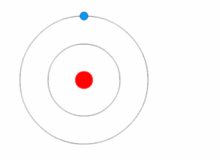
The Standard Model
All the physics we have generally taught in school ends with Protron, Neutron & Electron but what many of the people don’t know is that there are yet hundreds and hundreds unknown to them. In the 19th century, the research in the field of particle physics taken a great jump, with the world wars happening mankind’s lust to harness power increased drastically, this lead to the formation of the Atomic Bomb. During the 1940s researchers have found a way to study particles more thoroughly by colliding them into particle colliders. As time passed these colliders get bigger and bigger thereby smashing particles at more speed with more energy. When scientists carefully studied these collisions they came across a vast sea of unknown particles, this laid the foundation of the new theory, which is indeed the most successful theory in the field of particle physics till date, known as “The Standard Model.”
The theory of standard model is formulated in 1970s on the basis of experiments & mathematical calculations. Standard Model is basically the periodic table of all the elementary particles, which it explains how these particles interact with each other.

The particles in the Standard Model are primarily divided into two types Fermions & Bosons, based on the properties they follow & their spin.

1 :- Fermions
Fermions is the group of particles named after Italian physicist Enrico Fermi. At this moment Standard Model consists of 12 Fermions. They are the basic building blocks, all the matter around is made up of fermions. All the fermions have half(1⁄2) spin only. The most characteristic property is that the Fermions obey Pauli’s exclusion principle. The exclusion principle states that “two or more identical fermions cannot occupy the same quantum state at the same time.” This is the reason behind any atom has only two electrons in the lowermost orbital. Fermions are again classified as Quarks & Leptons.
1.1. Quarks
In the early 1960s the physicists Murray Gell-Mann & George Zweig proposed the idea of Quarks. Quarks are the elementary particles having half (1⁄2) spin. There are total 6 flavors(types) quarks in the Standard Model, named as__
- Up Quark (Charge = +2⁄3 )
- Down Quark ( Charge = –1⁄3 )
- Charm Quark (Charge = +2⁄3 )
- Strange Quark ( Charge = –1⁄3 )
- Top Quark (Charge = +2⁄3 )
- Bottom Quark ( Charge = –1⁄3 )
The protons & neutrons in the atom are made of of Up & Down quarks. Let us see why the charge on proton is +1 while neutron is electrically neutral.
Proton is made up of two up quarks and one down quark, now let us simply add the charge of all quarks.
2(2⁄3) + 1(-1⁄3) = 1
while
Neutron is made up of one up quark & two down quarks, which gives
1(2⁄3) + 2(-1⁄3) = 0
There are three generations of quarks in the standard model. Up & down quark in the first generation, charm & strange quark in the second generation, top & bottom quark in the third generation. All the properties like spin, charge, color is the same for all the generations, only the mass is changed, which means third-generation quarks are massive than second-generation quarks & second-generation quarks are more massive than first-generation quarks. Because of this heavier quarks tend to decay in up & down instantly as they created, thus making up & down quarks most abundant ones & this is the reason proton & neutron is made up of up & down quarks only.
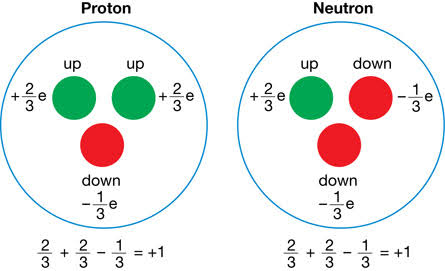
1.2. Leptons
Leptons is another family of particles in the fermions, having half(1⁄2) spin. There are total of 6 flavors of leptons categorized in three generations as like quarks. Leptons come in two groups with one group having a charge of “-1” involving Electron, Muon & Tau particles. The particles from the other groups are electrically neutral, they are Electron Neutrino, Muon Neutrino & Tau Neutrino.
All the second and third-generation charged heavier leptons are massive and thus tend to decay in electrons. Neutrinos have very little mass and interact so weakly with the rest of the particles that they are exceptionally difficult to detect. We will take a look at Neutrinos in a separate article.
Thus basically, all the world around us is made up of only three particles Up Quarks, Down Quarks & Electrons.

2 :- Bosons
Do not look for God in miracles. Miracles are violations of the laws of nature. God is best apprehended in the study of those laws.
– Baruch De Spinoza,
Bosons are another type of fundamental particle in the standard model, the term Boson is coined by physicist Paul Dirac in the memory of Indian scientist Satyendra Nath Bose. Bosons are the particles responsible for interactions between the matter particles, alternatively known as Fundamental Forces of nature. In physics Gravitational Force, Electromagnetic Force, Strong & Weak Nuclear Force are known as Fundamental Forces. Each force except gravity in the standard model has carrier particles known as Gauge Bosons. Bosons don’t obey Pauli’s exclusion principle, it means that there’s no limit to how many bosons can be present at the same place which are in the same quantum state. Also, they have spin in integer numbers like 0,1,2, etc.


This will happen to all of us if at this very moment all the fundamental forces stop working.
2.1. Gauge Bosons
2.2.1 Strong Nuclear Force
The strong nuclear force is the strongest of all fundamental forces & on the same hand, it is a force having the shortest range. It is basically attractive but can be effectively repulsive in some circumstances. & only effective at very very small distances, beyond it this force is non-existent. The strong nuclear force is responsible for holding protons & neutrons inside the nucleus of an atom. Gluon is the force carrier of strong nuclear force having spin 1. When two particles interact through the strong force, they do so by exchanging gluons. Thus, the quarks inside of the protons and neutrons are bound together by the exchange of a strong nuclear force.
Gluons interact only with themselves or other gluons. They exist a remarkable property called confinement. One cannot have a single quark on its own because it would have a color. Instead, a red quark has to be joined to a green and a blue quark by a string of gluons to become colorless (red + green + blue = white). Such a triplet constitutes a proton or a neutron. Confinement also prevents the existence of a single gluon, one has to have a collection of gluons whose colors add up to white.
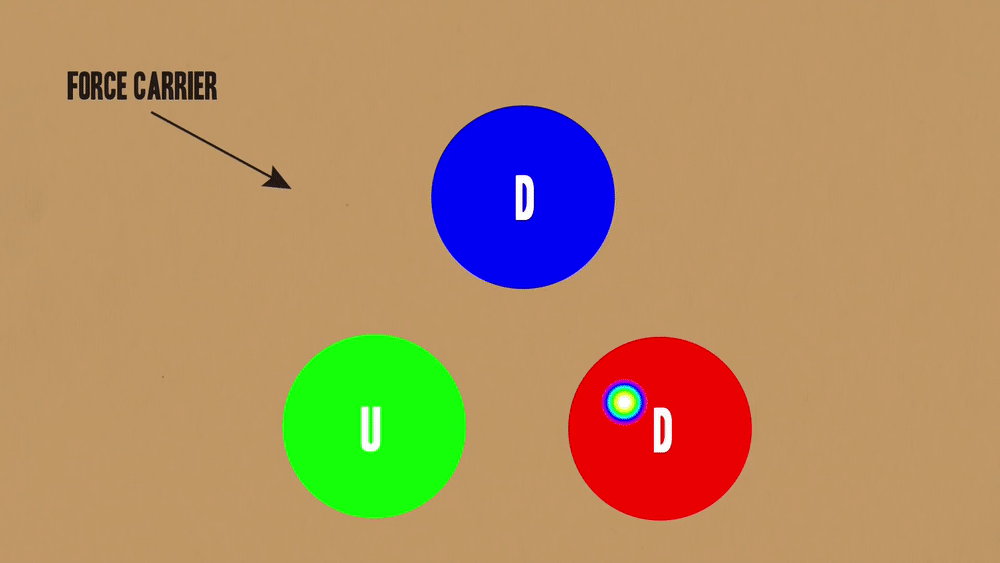
2.1.2 Weak Nuclear Force
The weak force is responsible for radioactive decay(Beta-decay) and neutrino interactions. It is also a very short-range force, the effective range of the weak force is limited to subatomic distances, and is less than the diameter of a proton. As its name suggests, it is weaker than the strong nuclear force. W+, W− and Z0 bosons are the force carriers of weak nuclear force. These particles were predicted by Nobel laureates Steven Weinberg, Sheldon Salam, and Abdus Glashow in the 1960s, and discovered in 1983 at CERN. W bosons are electrically charged and are designated by their symbols: W+ (positively charged) and W− (negatively charged).
These two W bosons are mediators of neutrino absorption and emission. During these processes, the W± boson charge induces electron or positron emission or absorption, thus causing nuclear fission/fusion. This reaction is responsible for the nuclear burning of elements in the core of stars, thereby enlightening them & producing heavier elements. The Z boson is electrically neutral & is not involved in the absorption or emission of electrons or positrons. Under certain circumstances, the weak force is responsible for flavor change in quarks.
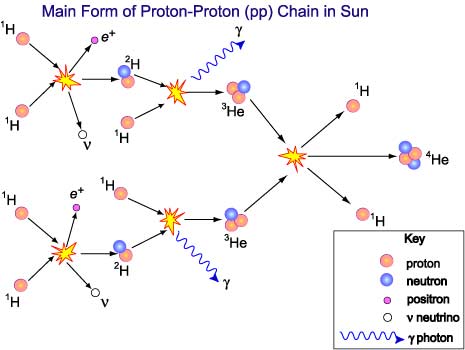
The property of weak interactions is sometimes also called as quantum flavourdynamics (QFD).
2.1.3 Electromagnetic Force
You may believe that electricity & magnetism are two separate forces, but indeed they are just two sides of one single coin. Photon(ray of light) having spin 1, is the carrier of electromagnetic force. The electromagnetic attraction between negatively charged electrons and positively charged protons in the atom causes the electrons to orbit the nucleus of the atom. The electromagnetic force is also responsible for bonding between atoms/molecules, in other words, all the chemistry is the by-product of electromagnetic force only. Electromagnetic force may be attractive or repulsive depending upon the charges of two particles.
2.1.4 Gravity
Gravity is the weakest of all fundamental forces having infinite range. Furthermore, the gravitational force is always attractive. In Newtonian physics gravitational force is the force of attraction experienced by any two objects situated at any two points in the universe depending upon their mass, basically, it means that gravitational force between two objects can be infinitely small but can never be zero.
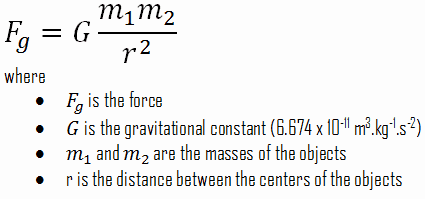
In the year 1915, Albert Einstein formulated his famous General Theory of Relativity thereby looking at gravitational force with a new perspective. In general, relativity there exist an infinite space-time fabric all over the universe & the force of gravity arises due to the bending of this fabric, more massive an object is more it bends the space-time fabric thereby having more gravitational force.
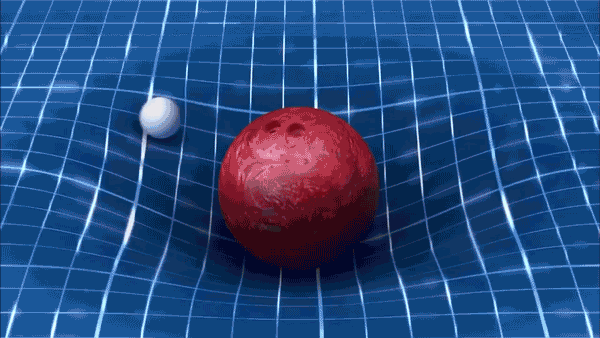
Gravitational force is responsible for the formation of Stars, Galaxies, Planets, Star Clusters, etc. But on the quantum level, the force-carrying particle of gravity is not discovered yet, scientists named this hypothetical particle Graviton. Gravitons have no mass of their own. The gravitational force between the sun and the earth is ascribed to the exchange of gravitons between Earth & the Sun.
2.2. Higgs Boson
Higgs boson It is named after physicist Peter Higgs, who 1964 proposed the Higgs mechanism & in year 2012 Higgs was discovered at the Large Hadron Collider (LHC). Higgs an elementary particle by the quantum excitation of the Higgs field. In the Standard Model, the Higgs particle is a scalar boson with zero spin, no electric charge, and no color charge. We will take a look at Higgs Boson in a separate article.
Limitations of Standard Model
- Why there are three generations of quarks & leptons if only one generation is required for matter formation.
- The standard model does not include force carrier particles for Gravity.
- The strong nuclear force is 6*10^39 times stronger than gravity. Why there is so much difference w.e.t strength between strong nuclear force and gravity? this question is still unanswered.
Bibliography
- The Brief History of Time – Stephen Hawking
- Parallel Worlds – Michio Kaku
- The Particle Zoo – Gavin Hesketh
- Cosmos – Carl Sagan
- Standard Model
- The Standard Model
लेखनसीमा !
लेख आवडल्यास खालील आयकॉन वर क्लिक करून आपला अभिप्राय कमेंट स्वरूपात कळवा.
ALSO READ___
TAGS_____
#tigerday Astronomy azadi Azadi ke parwane Bhagat Singh Black Hole Chandrashekhar Azad Indian freedom fight Krantipathavaril Agni Shalaka Lokmanya Tilak Madan Lal Dhingra Rajguru SHIVAJI MAHARAJ Sukhdev Veer savarkar wari Women Freedom Fighters
आर्टिकल शेअर करण्यासाठी खालील आयकॉन्स् वर क्लिक करा.
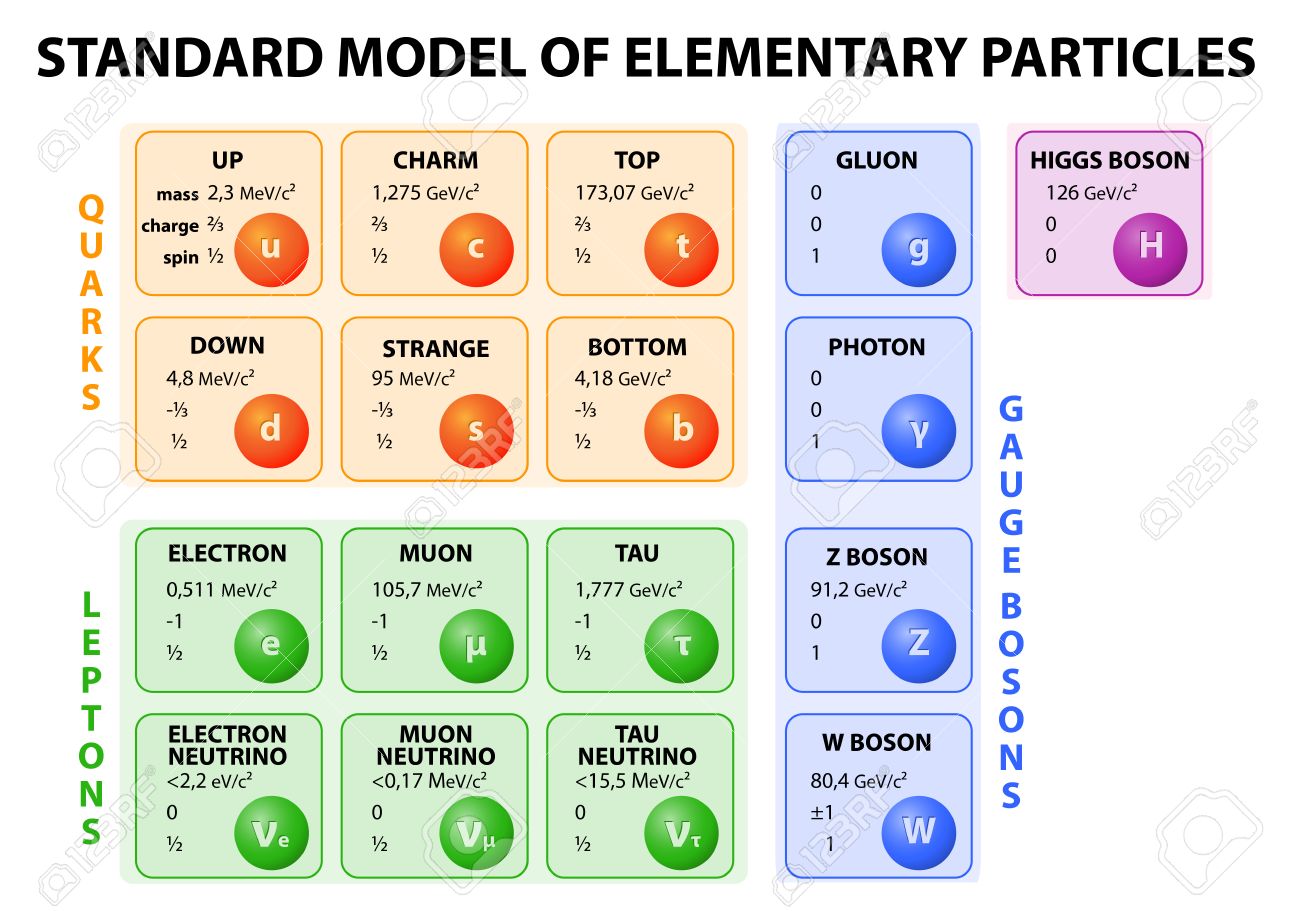

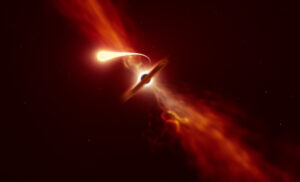

Nice and systematic attempt for popularization of the field!
– Prof Santosh K Karn,
Rohini, New Delhi.